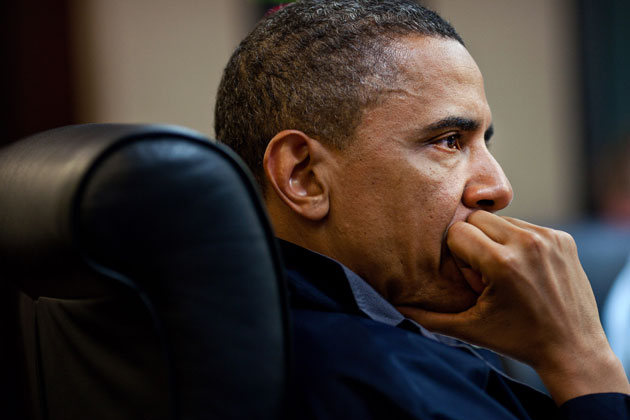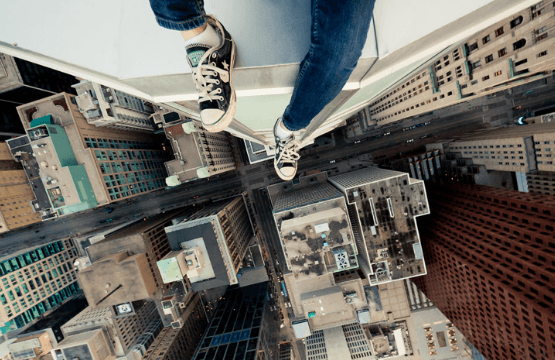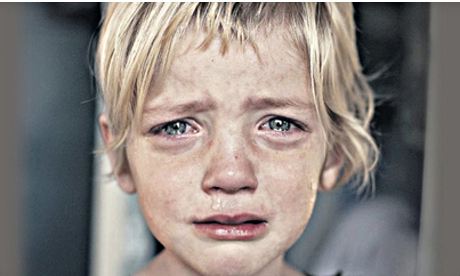This first one is a breaking news picture. The guy was crying because he lost his bother during the Kenya war in 2008. I like this one because it recorded the real human emotion. A guy could be also very fragile when he lost their relatives. The picture has a strong visual impact, and reminds the audience how crucial the war was.
The second one is also a breaking news picture. It was shot at a train station a during the Spring Festival travel peak in China. It is the largest annual movement in the world, with more than a total of 2 bn journeys during over three weeks. People would take trains to go back home to celebrate the holiday. Every train station is crowed of people during that time. This picture did a good job in taking people's facial expression. It showed how difficult to get home. Everybody who has experience about the spring festival rush would has the same feeling.
This picture showed how poor the studying environment was in some remote areas. At the same time, those children have a strong sense of learning. It shocked me.
This fourth one was simply about a giraffe. I like it because it well captured the moment of the giraffe running in a river. It was energetic. The color is beautiful.


















